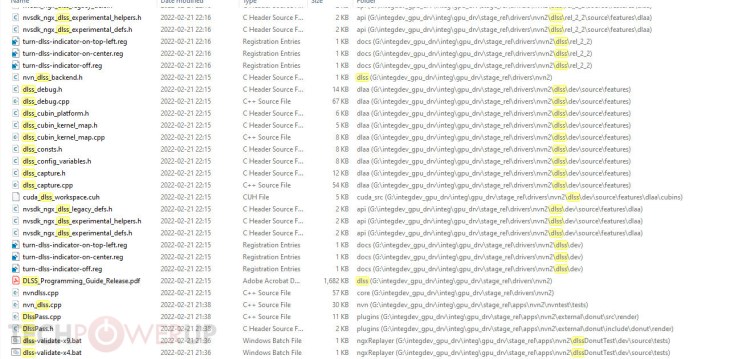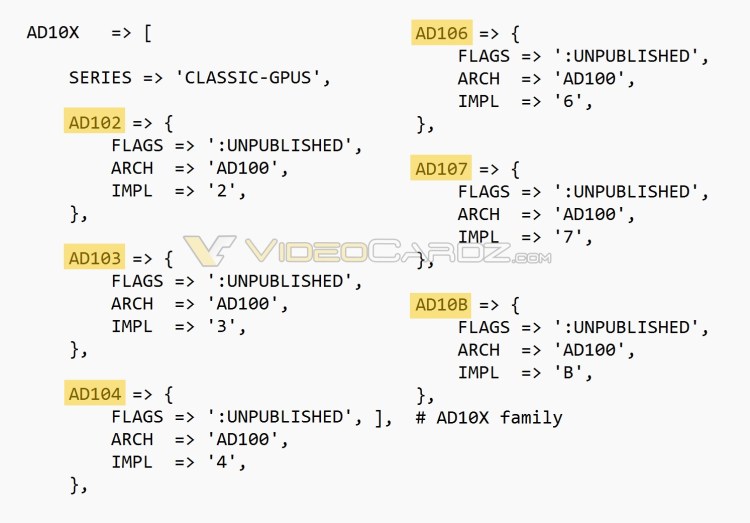It seems that the recent ransomware attack targeted at Nvidia has led to the company’s DLSS source code being leaked, with this latest information on the incident coming via TechPowerUp. As initially reported by Bloomberg, the attack that took place last week was thought to be a minor incident. So much so, that the publication’s inside source said that “Our business and commercial activities continue uninterrupted.”
However, the leak now seems to be far more serious than initially believed. DLSS is one of Nvidia’s most valuable and important gaming technologies at the moment. If it really is out in the wild, it could mean bad news for Nvidia down the line. As always with news like this, none of this is necessarily official. And for now, it’s good to remember that most of the discussions surrounding the leak are based on unconfirmed information. That being said, there are a number of things worth considering.
Nvidia could be in a bit of trouble
A group called Lapsus$ claims responsibility for the attack. While it is good to remain skeptical, the screenshot featured in TechPowerUp’s article does look fairly convincing. There are numerous C++ files and even a programming guide that developers can use to integrate DLSS into games. Obviously, if this does turn out to be true, it could spell a major breach of intellectual property for Nvidia. If the DLSS source code is indeed out in the wild, competitors could learn much about Nvidia’s upscaling tech. Of course, there isn’t much that competitors could do with the actual code for legal reasons. However, the information in the leaked documentation could be modified or used as guiding principles to develop competing products later on down the line.
And the attackers haven’t just leaked Nvidia’s DLSS source code, they also seem to have leaked the names of the company’s next-gen GPUs. VideoCardz received images on February 28 that indicate the names and purposes of Ada, Hopper, and Blackwell. Ada is seemingly an architecture geared towards gaming, while Hopper and Blackwell are suited towards accelerated computing. There’s even more information buried in these pictures too, including numerous references to future Ampere GPUs listed as AD102, AD103, AD104, AD106, AD107, and AD10B.
The motives behind the cyberattack
When it comes to why this attack took place, it begins to get a little confusing. Lapsus$ is demanding that Nvidia remove the Lite Hash Rate algorithm from RTX 30 Series graphics cards. Recently, a bypass was making the rounds and promised to remove this limiter. However, it turned out to be malware and didn’t provide any kind of workaround for the LHR algorithm. There’s clearly a desire for the limiter to be removed, but it’s also a bit of a puzzling situation. The Ethereum Foundation said that it would move to a Proof of Stake model in the future, and this would effectively kill off Ethereum mining via graphics cards. So, the demands from Lapsus$ don’t necessarily make the most sense in the long term, but it may help mining farms in the near term.
The attackers intend to leak even more information soon if Nvidia doesn’t remove the LHR algorithm from RTX 30 Series graphics cards. Granted, it’s fairly unlikely that the company will comply with these demands. If Nvidia’s DLSS source code has been leaked, it’s already a fairly dire problem for the company. Where the situation progresses from here is anyone’s guess now though. This specific leak resulting from an attack last week is still unconfirmed as of now, so take it with a fairly big pinch of salt.









Published: Mar 2, 2022 02:30 pm